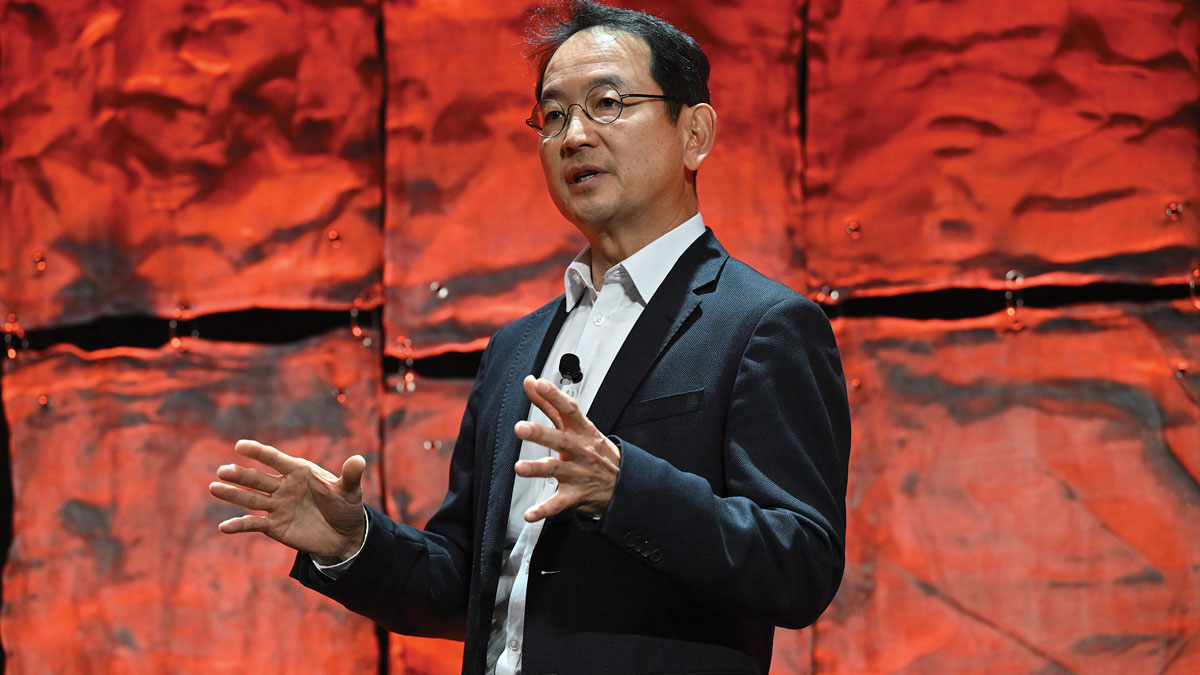Your New Employees Want Success

Time is money. Most companies try to save money by shaving time wherever possible. However, training new employees is one area where you can’t afford to cut corners. You rely on talented employees to move your company forward. If new hires aren’t given the tools to succeed, there’s no way they’ll reach their maximum potential. They’ll feel perpetual frustration, they’ll eventually leave the company, and you’ll be back at square-one, searching for another new hire.
And the cycle is doomed to repeat itself again and again.
Realistically, you can’t expect new employees to be successful after just one day of training. While holding a basic orientation-day for new employees is a well-established HR practice, onboarding is a more thorough undertaking where new employees are socialized into a company’s culture, and oriented to their specific job tasks and overall work expectations.
Depending on the company, the onboarding process can last weeks, or even months.
So, why put so much time into onboarding? Because studies have proven that organizations with a standard onboarding process experience many benefits, including 54 percent greater new hire productivity and 50 percent greater new hire retention.
The onboarding process will be unique for each company and for each employee, but I’ll talk about a few guidelines that can benefit almost any company. I’ve used these onboarding methods in my own company for years, with great success.
A new hire’s first day should be filled with meaningful introductions, engagement, and basic learning. But this isn’t possible if you’re having new hires fill out tax forms and non-disclosures, or having them study a 20-page employee handbook.
A daily selection of features, industry news, and analysis for AV/IT professionals. Sign up below.
The majority of HR paperwork can be sent to the candidate as soon as they’ve accepted the job offer. That way, the new hire can turn in their paperwork on their first day, and clear the way for more meaningful activities.
Before their starting date, I would send new hires a welcome box containing a friendly handwritten letter from their new manager, a bright orange picture frame to use at their new desk, and some stylish company-branded apparel to wear on their first day. When done right, the new hire should come to work feeling like they’ve already been accepted into their new tribe. That can be a very powerful feeling.
Set Clear Goals and Objectives
According to one study by Allied HR IQ, only 39 percent of companies establish any goals or milestones for new hires. With no clear goals to meet, and no path to success, it’s virtually impossible for a new hire to feel any sense of progress. Statistically, employees in this kind of scenario are much more likely to leave the company within their first year.
Be sure to set clear goal and performance objectives for your new hire’s first 30 / 60 / 90 days. Share a three-month roadmap for key projects they’ll be working on. Establish management expectations for their performance. Schedule regular one-on-one check-in meetings, and be sure to respond to any questions they have along the way.
Use Real World Projects to Train Employees
One principle of adult learning theory states that adults learn best when new concepts are taught using real-world scenarios. This same theory also suggests that adults need the big-picture view of what we’re learning — we need to know how our small parts help make up the whole. For this reason, it’s important that training be as relevant as possible to each employee.
A small-scale project is a great way for new hires to become familiar with their various roles and responsibilities. Train them on the first stage of the overall process, then give them time to apply the knowledge to their project. When they are ready to move onto the next stage of the process, train them on those steps, using their project as the example. Continue this gradual process until the small project has been completed.
This may sound time-consuming, but in the long-run, it will actually save time and money training your new hire. He or she will learn the whole spectrum of their job, and gain first-hand experience of how they fit into the larger organization.
Check in with the new hire on a regular basis and respond to any questions they have. Provide quick feedback on their initial work deliverables along the way. This will help set the parameters for success right out of the gate.
Cultivate a Sense of Belonging
When employers don’t communicate with their people, it creates serious psychological barriers. As human beings, we’re hardwired to belong to social groups where we feel valued. We want to belong to a tribe, to something bigger than ourselves. When an employee truly feels that sense of belonging from their organization, they’ll be working for more than a paycheck — they’ll work to defend their tribe’s future.
You can’t just sit back and expect this to happen on its own. You need to take an active approach in helping new hires adjust to your company’s cultural and social norms. To help with that, I like to use what I call the navigator program.
A navigator is a veteran employee who has volunteered to help show new hires the ropes during their first month. When a new hire comes on board, they’re assigned a navigator outside of their team. The navigator sets up social activities designed to help the new employee bond with their coworkers. These could be group lunches, optional happy-hour gatherings at the local pub, or fun "get-to-know-you"games with others around the office.
The navigator will help put faces to names around the company and help new hires embrace the company’s core values. This leads to stronger cross-team communication, increased productivity and a sense of belonging that your competitors can’t match.
After a new hire completed their first month, I’d sit down with them to get their feedback. What can we do to improve our process? What’s something we could’ve done to help you reach your goals a little faster?
The next time we hired someone, I’d implement those changes. Our onboarding process was never set in stone. It was an evolving process that always focused on the goal of helping new hires become happy, productive, long-term contributors to the organization.
